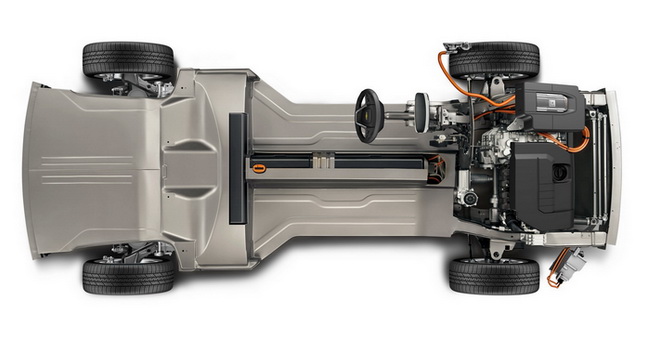Hybrids and electric vehicles are more environment-friendly than conventionally powered models. However, one question many eco-conscious consumers bring up is what happens to the batteries at the end of their life cycle in the vehicles.
GM and Nissan estimate that batteries in their Volt and LEAF models respectively will have approximately 70% of their “life” remaining after a decade on the road. So, far from being useless, they can be utilized as back-up power sources for home use.
For example, GM states that a unit containing 33 Volt battery pack can store enough energy to supply around 50 homes for four hours in the event of a blackout. The US automaker is cooperating with ABB Group, a power and automation specialists, on building a prototype that will use Volt batteries to provide power back to the electricity grid.
“The Volt customer is very focused on the whole life cycle of the battery and, because the cells were designed to be very robust, there’s still very significant battery life after 10 years in the car” said Pablo Valencia, GM’s senior manager for battery life management. “Working with ABB, we want to provide leadership in secondary use”.
Other companies selling EVs are investigating the issue too. Nissan is working with Toxco, which specializes in battery recycling on developing a reuse program for the LEAF’s batteries in North America.
Tesla already has a partnership for recycling batteries with the European company Umicore, while Fisker’s spokesman Roger Ormisher said that the reuse and recycling of battery packs of the Karma is on the automaker’s agenda, but no plan has been finalized.
Story source: NY Times
PHOTO GALLERY








